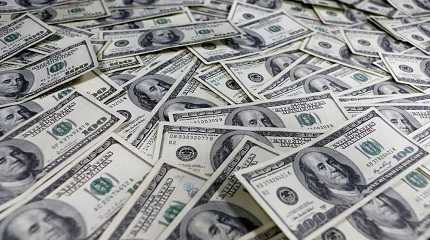
NEW YORK, Feb 14 (Reuters) - The dollar fell to a roughly two-week low on Tuesday after data showed consumer prices rose in January but posted their smallest annual rise since October 2021, affirming expectations the Federal Reserve may be nearing the end of its monetary policy tightening cycle.
The U.S. currency briefly rose after the release of the data, but fell across the board a few minutes later.
The Labor Department's Consumer Price Index increased 0.5% last month after gaining 0.1% in December, data showed. Monthly inflation was boosted in part by rising gasoline prices, which increased 3.6% in January.
But in the 12 months through January, the CPI grew 6.4%, the smallest gain in about 1-1/2 years, and followed a 6.5% rise in December. The annual CPI peaked at 9.1% in June, which was the biggest increase since November 1981.
In early trading, the dollar index fell 0.2% to 102.93 . It dropped as low as 102.50, its weakest level since Feb. 3. Against the yen, the dollar slipped 0.1% to 132.34 .
The euro gained 0.3% to $1.0754 , hitting a roughly two-week high of $1.0805 after the data.
"The narrative remains unchanged that the Fed will eventually slow down," said Adam Sarhan, chief executive officer at 50 Park Investments in New York.
"It is: raising rates, stop raising rates and then possibly cut rates down the road in the future and avoid a hard landing, completing their goal of a soft landing."
Futures tied to the Fed's policy rate stuck to bets on Tuesday that the U.S. central bank will raise interest rates at least two more times. The futures contracts pricing showed traders are betting heavily that the Fed will raise rates by a quarter of a percentage point at each of its meetings in March and May.
The current target range for the Fed's benchmark overnight interest rate is 4.50%-4.75%.




